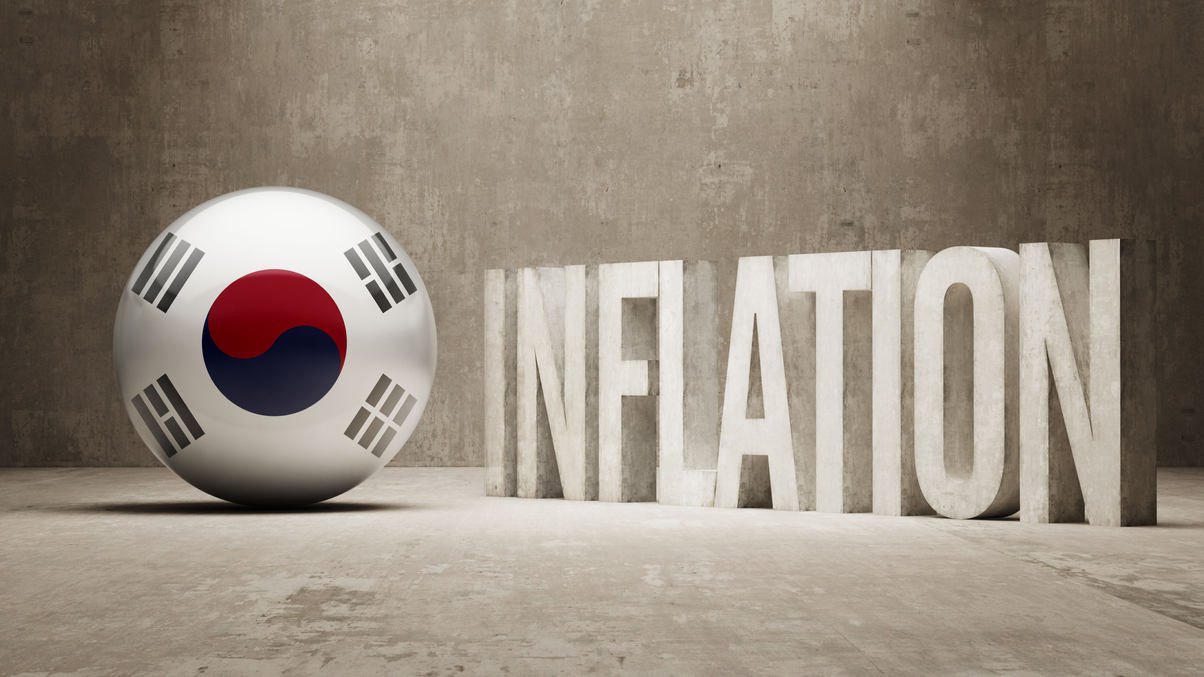After BOK rate hike, time for some Korean bond purchases?
Korea’s bond fund market recorded the greatest net outflows during the third quarter as traders priced in Bank of Korea rate hikes amid inflation concerns.

With data showing Korean bond market reacting to possible rate hikes during the third quarter trading, it appears that now’s as good a time as any to add positions in Korean fixed income.
Sign In to Your Account
Access Exclusive AsianInvestor Content!
Please sign in to your subscription to unlock full access to our premium AI resources.
Free Registration & 7-Day Trial
Register now to enjoy a 7-day free trial—no registration fees required. Click the link to get started.
Note: This free trial is a one-time offer.
¬ Haymarket Media Limited. All rights reserved.


